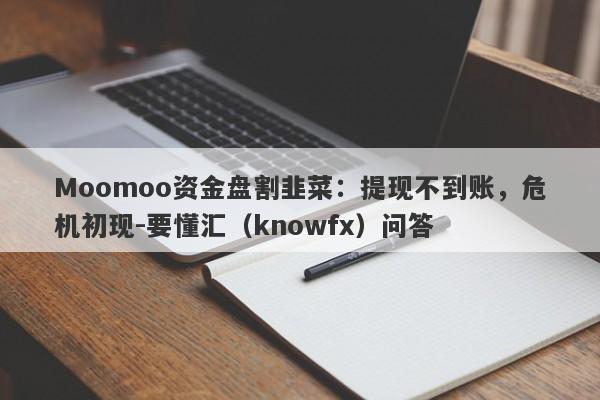The supply and demand relationship of the gold market is one of the key factors that determine the fluctuation of gold price.Global gold production, consumer demand, and changes in the supply chain will directly affect prices.
First of all, the increase or decrease in global gold production will directly affect changes in market supply.The results of geological exploration, the discovery of new mines, and the advancement of mining technology will affect output.Higher output may lead to excess market supply, thereby lowering the price of gold; and the decline in output will increase the price of gold.
Secondly, consumer demand is also one of the important factors affecting the price of gold.As a valuable metal, gold is widely used in jewelry, industry and investment.With the development of the economy and the improvement of people's income level, the demand for gold will increase accordingly.Factors such as political stability and inflation expectations will also affect the consumer demand of gold.
Monetary policy and interest rate adjustment are one of the important factors affecting the price of gold.The interest rate policy of central banks in various countries determines the price and liquidity level in the market, which will directly affect the price of gold.
First of all, the central bank's interest rate decision is one of the focus of market attention.The central bank controls the amount of money by adjusting interest rates, which will affect the development of the economy and inflation.When the central bank adopts the interest rate hike policy, the cost of funds on the market will rise, and investors tend to put assets with higher funding rates, thereby reducing the demand for non -income assets such as gold, leading to a decline in gold prices.On the contrary, the central bank's interest rate reduction policy will ** economic growth, but it may also lead to inflation, prompting investors to seek risk aversion assets, thereby pushing up gold prices.
Secondly, the loose or tightening of monetary policy also affects investors' confidence and demand for risk aversion, which will affect gold prices.Loose monetary policy can lead to rising asset prices, increase demand for safe -haven assets, and push up the price of gold; and the tightening of monetary policy may cause economic slowdown and market instability, making investors more inclined to hold security assetsAs a kind of asset -free asset, gold will increase.
The impact of geopolitical tensions on gold prices is one of the important factors in the market.Geographical political events such as war, terrorism activities, and trade war often cause panic feelings in the market and promote investors to seek hedging assets, including gold.

First of all, geopolitical tensions often cause market uncertainty and panic, leading to decline in investors' confidence in risk assets.In this case, investors are more inclined to transfer funds to relatively safe assets, such as gold.The increase in such risk aversion needs to promote rising gold.
Secondly, geopolitical risk events may have a long -term impact on the gold market.For example, long -term geopolitical tensions can lead to global economic instability, which allows investors to continue to seek risk aversion assets, thereby maintaining a trend of gold prices.At the same time, geopolitical events may also lead to the increase in the financial market and deepen investors' demand for insurance assets such as gold.
Economic data release and inflation expectations are one of the important factors of gold price fluctuations.Various economic data, such as GDP growth rate, unemployment rate, consumer price index, etc., will affect the market's expectations of the economy and the demand for insurance assets, which will affect the price of gold.
First, GDP growth rate is an important indicator of economic activity level.When economic growth slows down or declines, investors will worry about economic prospects, seek risk aversion assets, and push up gold prices.On the contrary, when economic growth is strong, investors may be more inclined to invest in income assets, and reduce demand for non -income assets such as gold, leading to a decline in gold prices.
Secondly, inflation expectations also have an important impact on gold prices.Inflation expectations will lead to depreciation of currency. Investors will seek to hold physical assets to hedge the risk of inflation, thereby promoting the rise in gold prices.In addition, the increase in inflation expectations will also affect the central bank's monetary policy, which will affect market liquidity and capital prices, and indirectly affect gold prices.
Technical analysis is widely used in the gold market. It predicts future price trends by analyzing historical prices and transaction volume.Among them, technical indicators such as chart form, trend line, support level and resistance level are particularly important to analyze the trend of gold price.
First of all, chart form is one of the basis of technical analysis. It predicts the future trend by observing the shape of the price trend.Common chart forms include head and shoulders, double tops, heads and shoulders, and double bottoms. These forms reflect the changes in the market's buying and selling power, which is of great significance to judge the market trend.
Secondly, the trend line is a tool commonly used in technical analysis, which can help analysts identify the long -term trend of the market.In the gold market, breakthroughs of the upward trend line and the decline trend line are usually considered to be a signal of buying or selling, affecting investors' transaction decisions.

导言:在当今的投资领域里,我们时刻都需要保持警惕,因为投资市场的复杂...

海汇国际诈骗案深度解析:资金盘DRCFX复出传闻背后的真相导言:近年...

据“富途”官方消息:富途拟于2023年5月19日起在中国境内线上应用...

海汇国际资金盘风云再起?DRCFX即将复出,8亿惊天大案细节大揭秘!...

提问:Moomoo资金盘割韭菜:提现不到账,危机初现要懂汇温馨提示:...